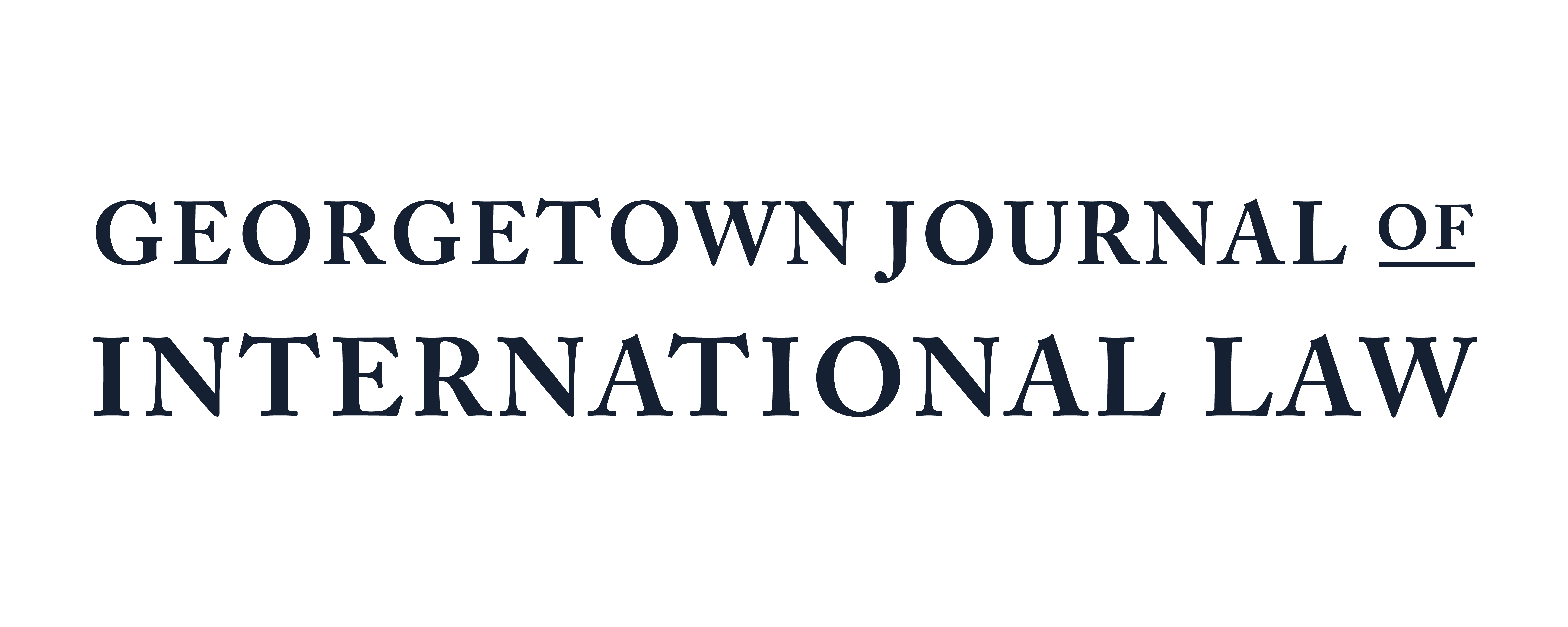Finding the Right Victim: The Determination of Groups Protected under the Genocide Convention
This Article deals with the assessment of one of the aspects that give genocide its particular character: the “group element,” which carries significance both for genocidal acts and for the required genocidal intent. Under the Genocide Convention, the victim must be a member of one of four protected groups (only national, ethnical, racial, or religious groups are protected) and the perpetrator must intend to destroy this group in whole or in part. The Article analyzes the main approaches which have been employed towards the identification of the relevant groups and the criticism to which they give rise. It thus poses the question whether the objective approach towards group determination is, in light of the fluidity of certain groups and of the phenomenon of “multiple belonging,” sustainable and if there are indeed some groups that cannot be said to have an objective existence. But it also examines the difficulties that attach to the subjective approach, exploring the possibility that a method which relies solely on the perspective of the perpetrator may bring groups into the scope of the Genocide Convention that were deliberately excluded and that a method which, instead, focuses on the victims’ perspective, may result in a group concept that does not comply with the requirement of the foreseeability of the law. The Article suggests a novel solution to this dilemma by introducing the “objective individualized approach”: an approach that is not exclusively reliant on the perspective of the individual defendant, but includes individualized aspects in its methodology and takes, as its main focus, an understanding of the group from the viewpoint of a observer from the defendant’s peer society.
Continue reading “Finding the Right Victim: The Determination of Groups Protected Under the Genocide Convention“
Subscribe to GJIL
